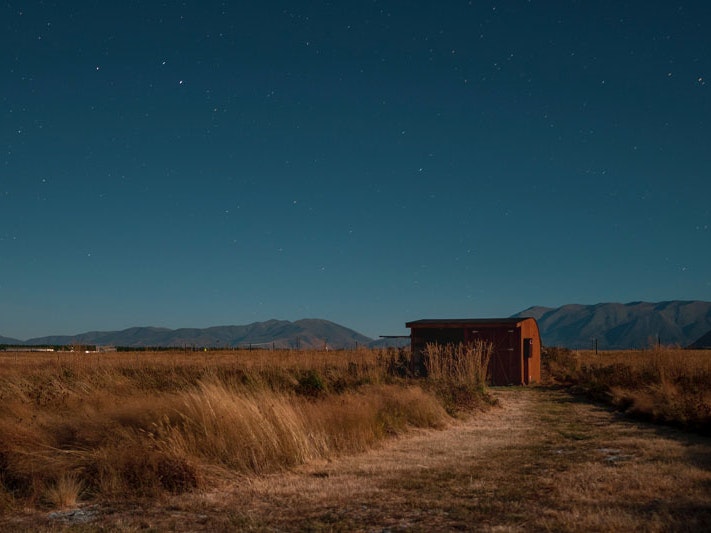
Nights in the Maramataka | the Māori lunar month
Discover the nights in the Māori lunar month, and the activities related to them.
Free museum entry for New Zealanders and people living in New Zealand
Open every day 10am-6pm
(except Christmas Day)
Free museum entry for New Zealanders and people living in New Zealand
In the traditional Māori Maramataka, or lunar calendar, the new year begins with the first new moon following the appearance of Matariki (Pleiades) on the eastern horizon. Usually this takes place in the period June-July.
Find out more about the Maramataka | the Māori lunar calendar
In earlier times, each tribe had its own traditions and knowledge around Matariki and Maramataka. This lore was based on the tribe’s understanding of the stars and phases of the moon, and how these affected the rhythms of Papatūānuku.
Please note that the traditional lunar months on the left do not occur at precisely the same time as the Gregorian months. Hence, Pipiri is not precisely the same as June.
|
Traditional Māori name for the lunar month |
English | Māori transliteration of English |
|
Pipiri |
June |
Hune |
|
Hōngongoi | July |
Hūrae |
|
Hereturikōkā | August |
Ākuhata |
|
Mahuru |
September |
Hepetema |
|
Whiringa-ā-nuku |
October |
Oketopa |
|
Whiringa-ā-rangi |
November |
Noema |
|
Hakihea |
December |
Tīhema |
|
Kohitātea |
January |
Hānuere |
|
Huitānguru | February |
Pēpuere |
|
Poutūterangi | March |
Māehe |
|
Paengawhāwhā |
April |
Āpereira |
|
Haratua | May |
Mei |

Discover the nights in the Māori lunar month, and the activities related to them.

You’ve read our Matariki resources – now it’s time to test your knowledge!